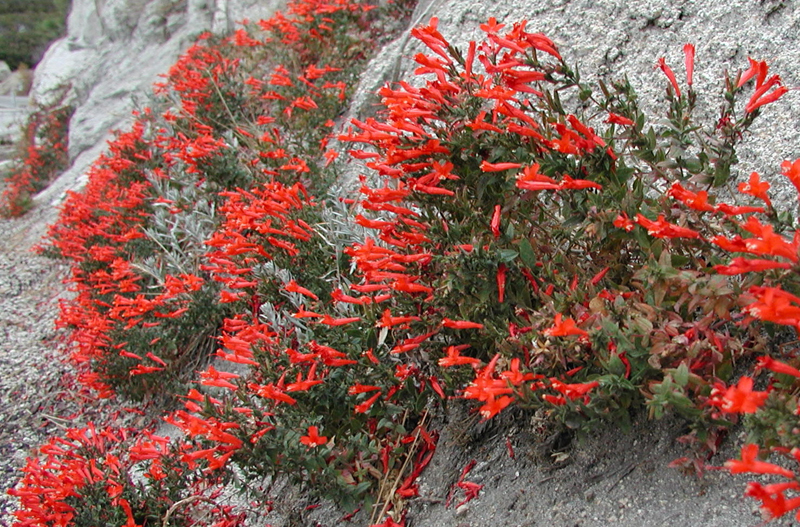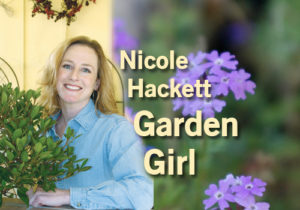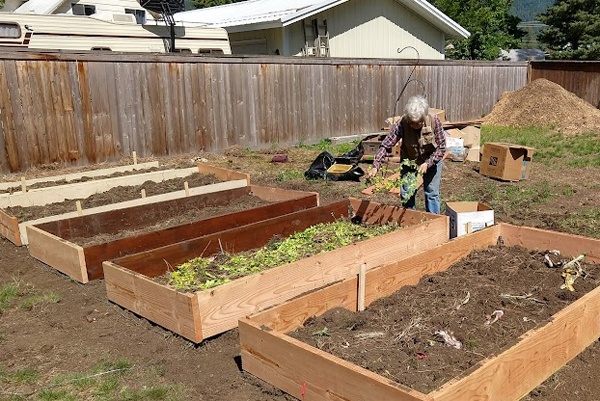Get ready – planting season is just around the corner

 CLAYTON, CA (Feb. 19, 2023) — The sunshine, green hills and moist soil have brought out the “hurry up and get gardening” urge for all those who love to play in the dirt.
CLAYTON, CA (Feb. 19, 2023) — The sunshine, green hills and moist soil have brought out the “hurry up and get gardening” urge for all those who love to play in the dirt.
It’s too early in the season to find all of the plants at the nursery that you could wish to install for a summer of color, but it isn’t too soon to get outside and take care of the many garden and landscape chores that this wonderful weather allows.
Japanese maple trees should have a dose of fertilizer at this time. It’s an excellent opportunity to feed the swelling leaf buds. Choose an organic Japanese maple fertilizer. The beneficial bacteria found in organic fertilizers will help your tree get all the nutrients it needs for a successful season.
Lawns can be fertilized at this time, and you can safely overseed if it’s needed. Look for lawn foods with formulas such as 25-6-4, or something close. If your lawn suffers from crabgrass, consider applying a dose of crabgrass and broadleaf weed preemergent. This type of product can be applied every three months. Success is slow, but eventual.
Camellias, azaleas, pieris and rhododendrons all should be fertilized with a 0-10-10 formula to focus energy on the shrub’s flowers. Hydrangeas and gardenias need to be fed with an acid-based fertilizer formula.
Prune winter-blooming pansies, snapdragons, stock, primrose and violas. Give them a trim, fertilizer with a water-soluble 0-10-10 formula and watch them once again surge into bloom. With a little TLC, your winter color should flower through most of April.
Planting vegetables

Vegetable garden prep can start now, too. It’s time to start your seeds – but keep them warm. Prepare vegetable beds’ soil for future installs.
Clear away any leftover, unproductive vegetable plants, layer nitrogen-rich manure (chicken, steer, earthworm), compost and some sandy loam if you need to raise the soil level. Add bonemeal and agricultural lime (for calcium) now. Let the layers blend together with the rains.
Keep in mind that most of our summer vegetable crops do not enjoy evening temperatures deep below 50 degrees. But you can get a jumpstart on your herb garden. Cilantro, parsley, culinary sage and rosemary can safely be installed at this time.
There is still time to get some native plants. Manzanita, toyon, ceanothus, monkey plants and California fuchsia like to be installed when the temperatures are cool and the soil is still nice and wet.
Prune back summer-blooming perennials. Nepeta, salvia, rudbeckia, penstemon, aster and kniphofia are just a handful of the hardy perennials commonly planted in our Clayton Valley landscapes. Most of these should be pruned down to the ground – but wait until after St. Patrick’s Day to prune lantana. Ornamental grasses that bloom need to be pruned down, too. These are the red fountain grasses and pink muhly grass, calamagrostis and miscanthus.
Weeds are springing up everywhere. Hand-pulling and hula-hoeing is how we handle the weeds in our landscape beds. Weeding often makes less work in the long run.
Happy gardening.
Contact Nicole with questions or comments by email at gardengirl94517@yahoo.com.

Nicole Hackett
Nicole is the Garden Girl at R&M Pool, Patio, Gifts and Garden. You can contact her with questions or comments by email at gardengirl94517@yahoo.com
